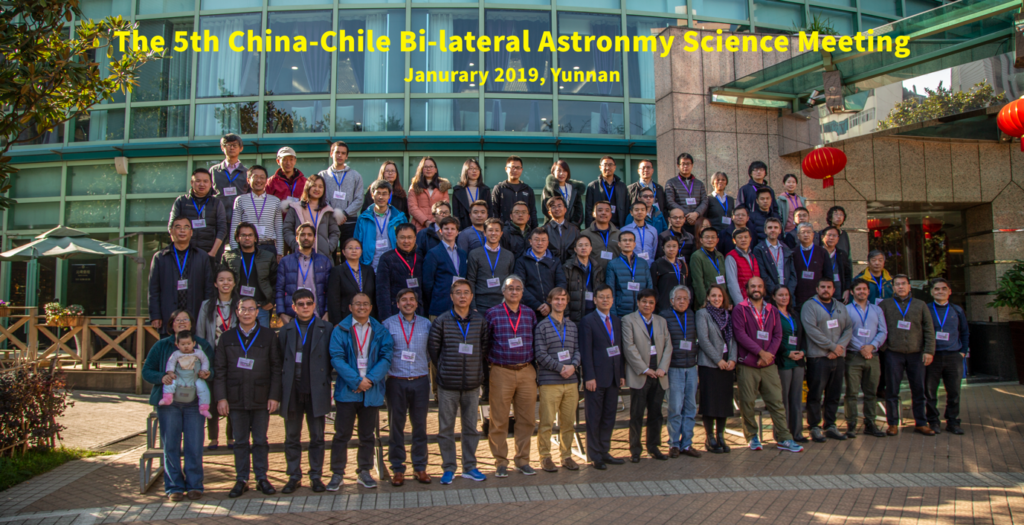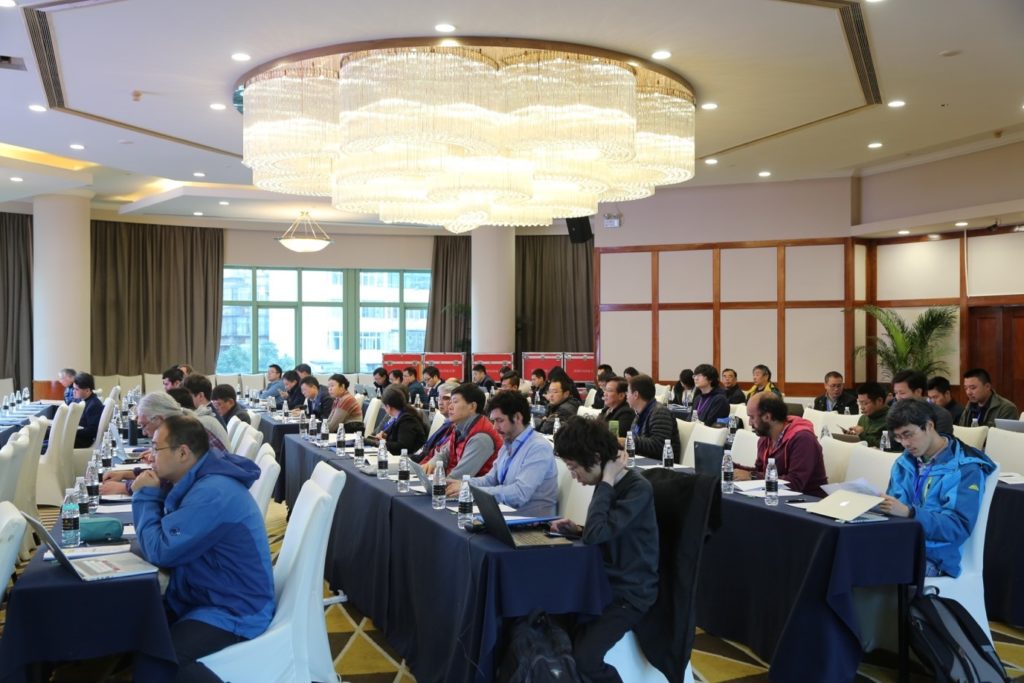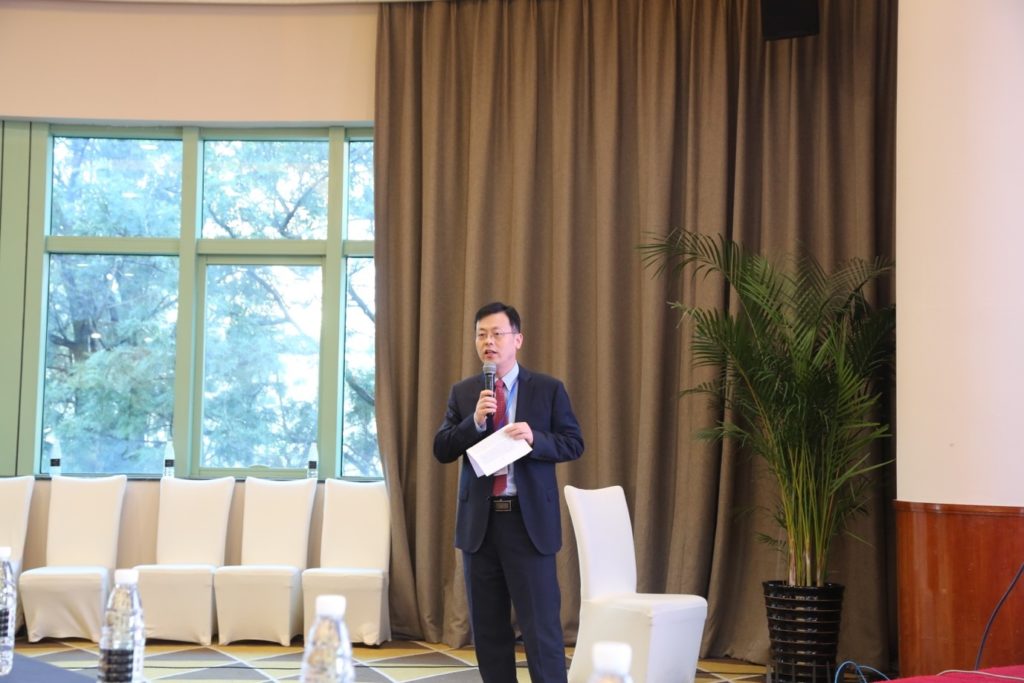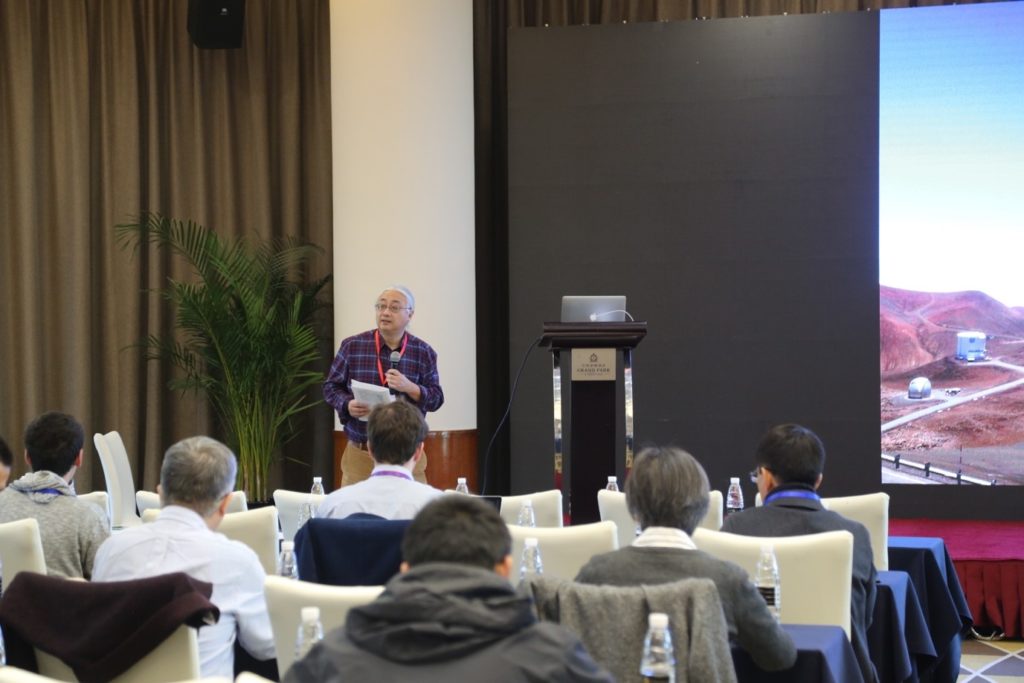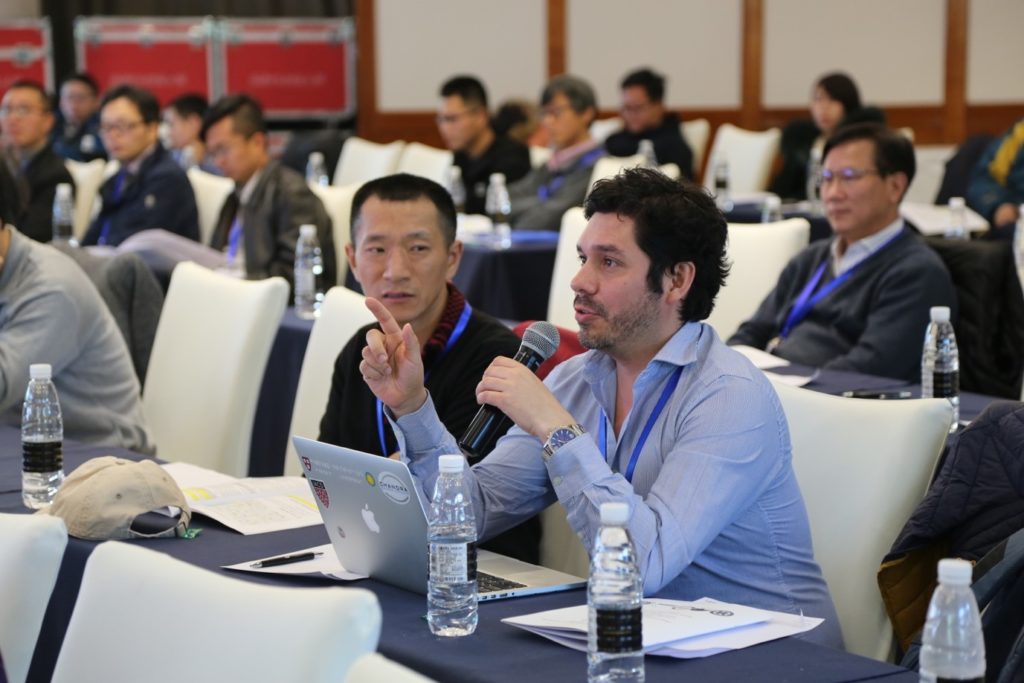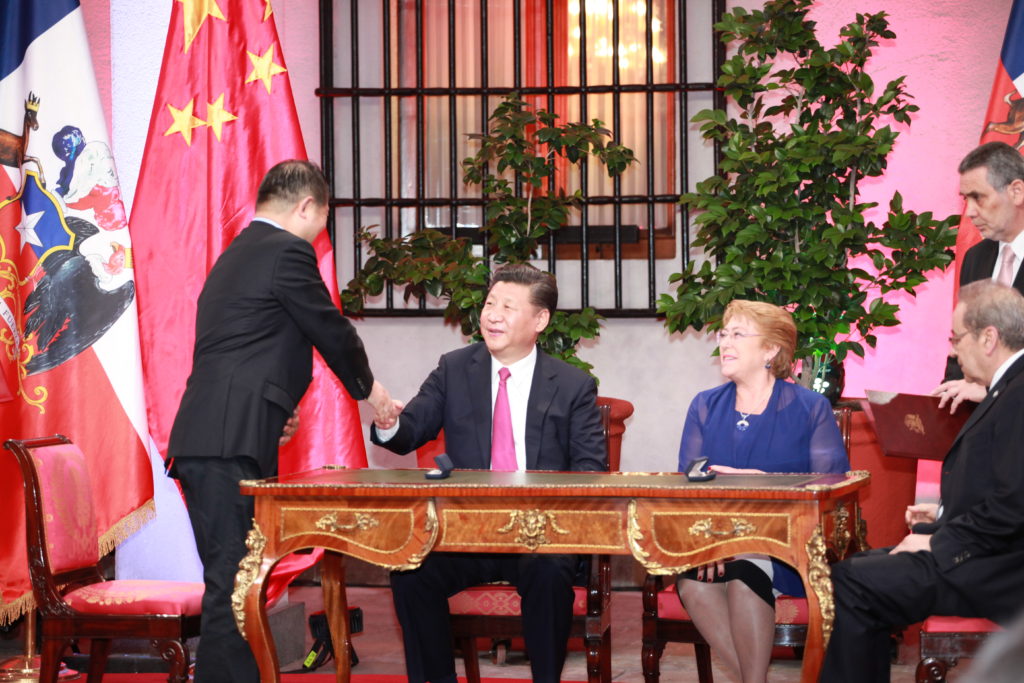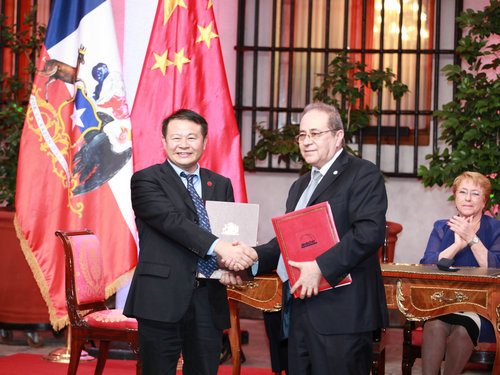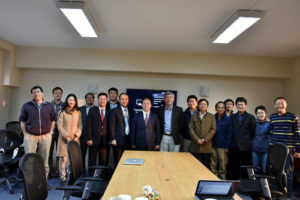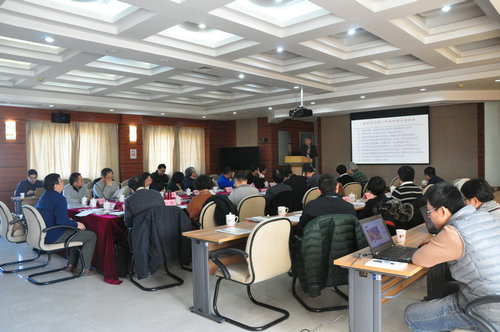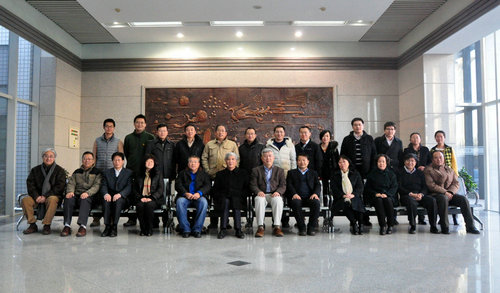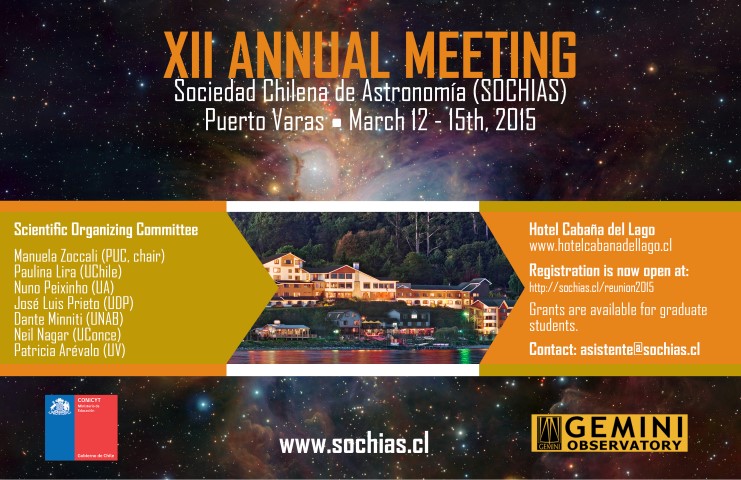From November 6th to 10th, the 6th China-Chile Bilateral Conference for Astronomy was held in Puerto Varas, Chile. Over 80 experts, young scholars, and students from more than 30 astronomy research institutions, including the Chinese Academy of Sciences, various Chinese universities, and Chilean astronomy institutions, participated in the conference. They engaged in in-depth discussions on research achievements, the latest developments in China-Chile cooperation, and future collaboration opportunities. This conference was jointly organized by the National Astronomical Observatories of the Chinese Academy of Sciences (CAS, NAOC)/Chinese Academy of Sciences South America Center for Astronomy (CASSACA) and the Chilean Astronomical Society (SOCHIAS). The conference was co-chaired by Prof. Jiasheng Huang from NAOC and Prof. Diego Mardones from the University of Chile.
Gongbo Zhao, Deputy Director of NAOC and Director of CASSACA, and Bruno Días, President of SOCHIAS, delivered opening speeches and welcomed the conference attendees. The conference covered the latest research results in various research areas, including solar system objects, protoplanetary disks, star formation, interstellar medium and astrochemistry, extrasolar planets, stars and star clusters, galaxies, active galactic nuclei, and cosmology, as well as theoretical astrophysics, numerical simulations, big data astronomy, astronomical instruments and equipment, and observatory construction. The conference specially invited astronomers to present the astronomical scientific research achievements and the construction of astronomical observatories and equipment in both China and Chile under the cooperation between the two countries. The invitees included professors Licai Deng, Zhaohui Shang, and Jianrong Shi, from NAOC; professor Zhenya Zheng, from the Shanghai Astronomical Observatory, CAS; professor Ezequiel Treister, from the Pontifical Catholic University of Chile; Dr. Daniela Estefanía Olave Rojas, from the University of Talca; Dr. Richard Lane, from Bernardo O’Higgins University; Dr. Denise Riquelme, from La Serena University; and professor Bin Yang from Diego Portales University. Professor Guido Garay from the University of Chile opened the meeting by reviewing the scientific achievements and excellent talents cultivated in the past ten years of astronomical cooperation between China and Chile. Professor Junfeng Wang from Xiamen University provided a summary of the conference and offered a vision for future China-Chile astronomy cooperation.
This bilateral meeting serves to promote the exchange of astronomy between China and Chile, deepen mutual understanding and trust, expand the influence of Chinese astronomy in Chile, and lay the foundation for more effective China-Chile cooperation in the future. During the conference, astronomers from both China and Chile actively explored common ground for collaboration, fostering in-depth discussions and seeking new points of collaboration. This sets the stage for the rational and efficient utilization of research resources from both sides, focused on key research directions, and the preparation for the early production of significant scientific results in the future.


